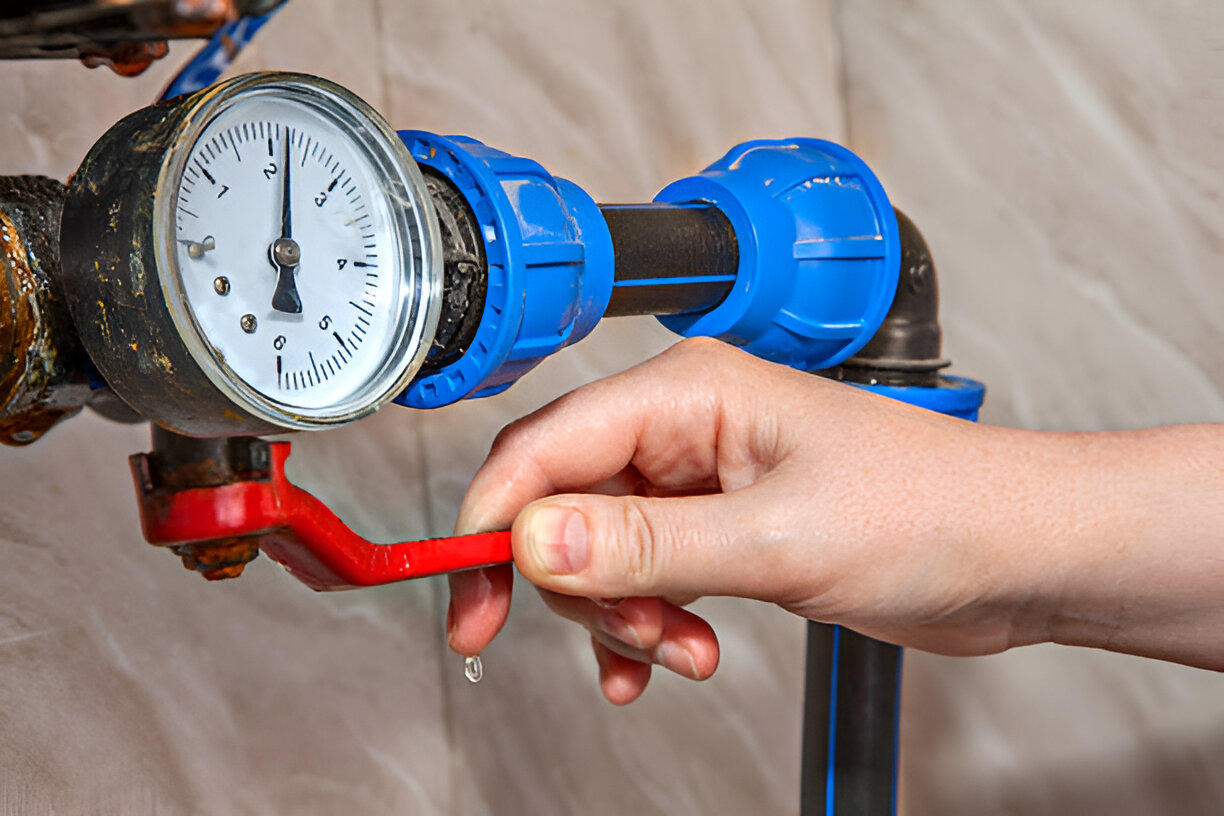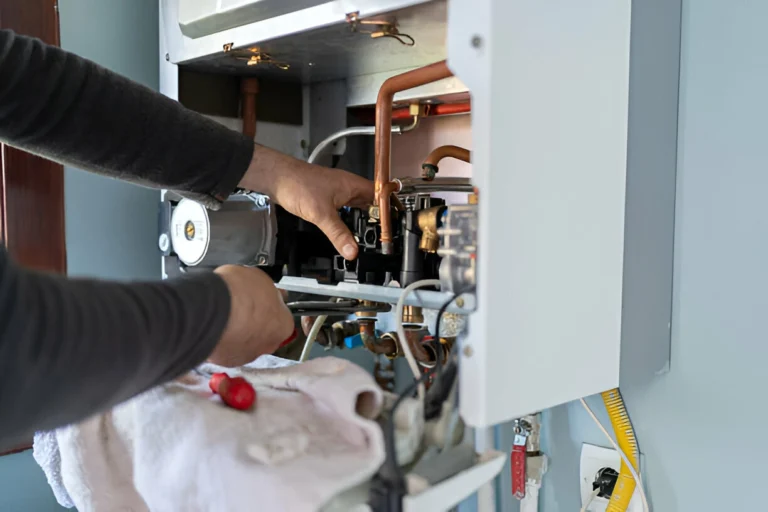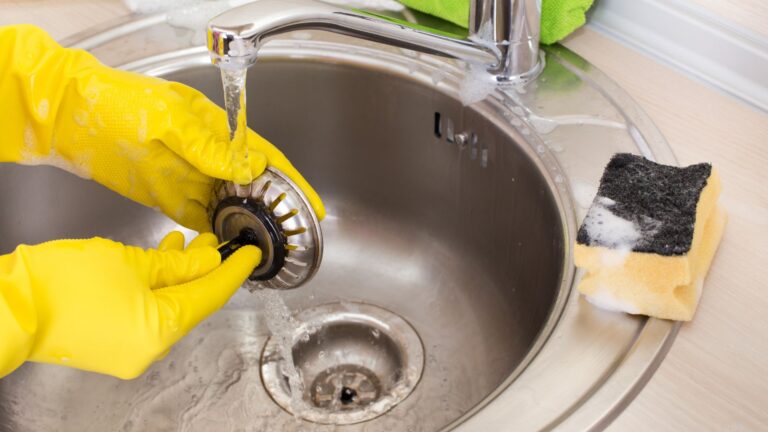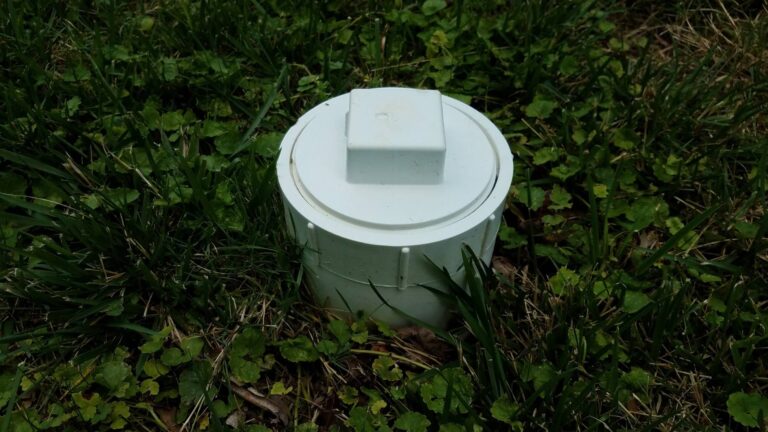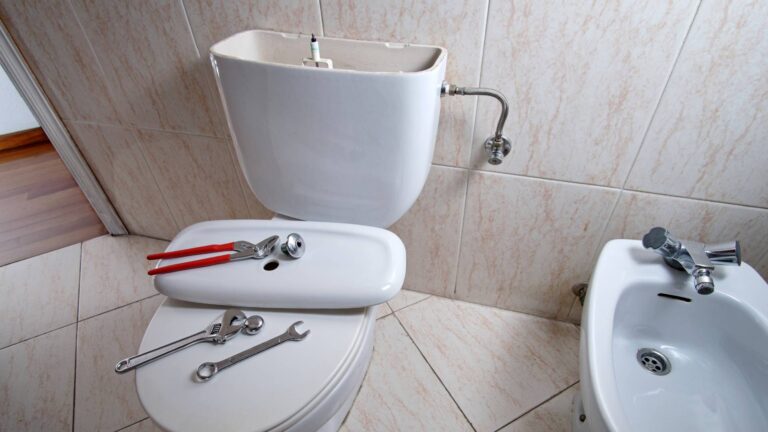How to Turn Off Water to Your House
Imagine a pipe bursts in the middle of the night or your toilet starts overflowing while you’re at work, would you know how to shut off the water to your house quickly? Most homeowners don’t give it much thought, until disaster strikes. Whether you’re dealing with an emergency leak or planning a plumbing upgrade, knowing…
Imagine a pipe bursts in the middle of the night or your toilet starts overflowing while you’re at work, would you know how to shut off the water to your house quickly? Most homeowners don’t give it much thought, until disaster strikes.
Whether you’re dealing with an emergency leak or planning a plumbing upgrade, knowing how to turn off your home’s water is a basic (and vital) skill. This guide will walk you through everything you need to know, with practical, US-region-specific advice,
Why Would You Need to Turn Off Water to Your House?
There are several situations when shutting off the water supply is not just smart, it’s necessary:
- Emergency Leaks or Burst Pipes – Quick action can prevent thousands in water damage.
- Plumbing Repairs or Renovations – It’s a must before installing a new faucet, toilet, or water heater.
- Extended Absences or Vacations – Avoid returning to water damage by shutting off the supply.
- Freezing Weather – Prevent frozen pipes during sudden Texas cold snaps.
If you’re a homeowner in Plano, you’ve likely heard of the infamous freeze of 2021. Being prepared isn’t optional, it’s essential.
Tools You Might Need to Turn Off the Water
Here’s what you might need on hand:
- Adjustable wrench
- Flathead screwdriver
- Flashlight or headlamp
- Protective gloves
- Towel or small bucket (in case of leaks)
- Smartphone (to snap valve positions before/after)
Tip: Keep a basic plumbing toolkit in your utility room for emergencies.
Understanding Your Water Shutoff Valves (US Homeowners)
Depending on where you live and how your home is built, your shutoff valve could be in a few different spots.
1. Main Shutoff Valve (Inside the House)
This is the most common shutoff point in U.S. homes. It’s usually located:
- Near the water heater
- In the garage
- Inside a utility room or basement
- In homes with slab foundations (common in Plano), often near the front hose bib or side entry wall
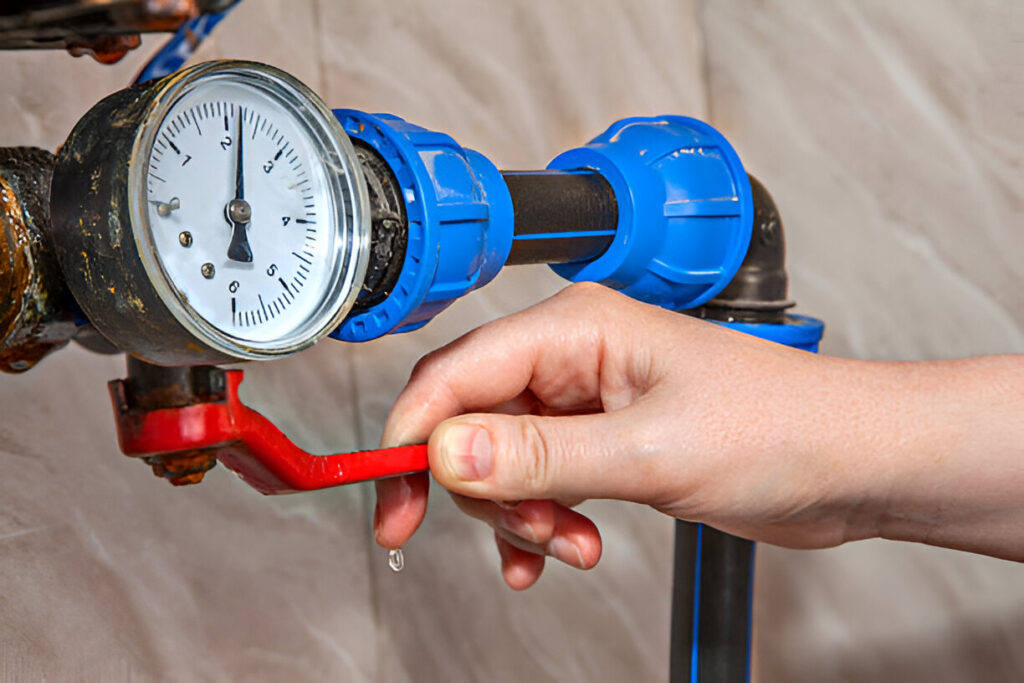
Types of Valves:
- Gate Valve: Turns like a wheel; older and more prone to sticking.
- Ball Valve: Lever-style; quick shutoff with a ¼ turn.
2. Curb Valve (Street-Side Shutoff)
Located near the street, usually inside a meter box covered by a round or rectangular lid. This is technically the property of the Plano utility department, but it can be used in an emergency.
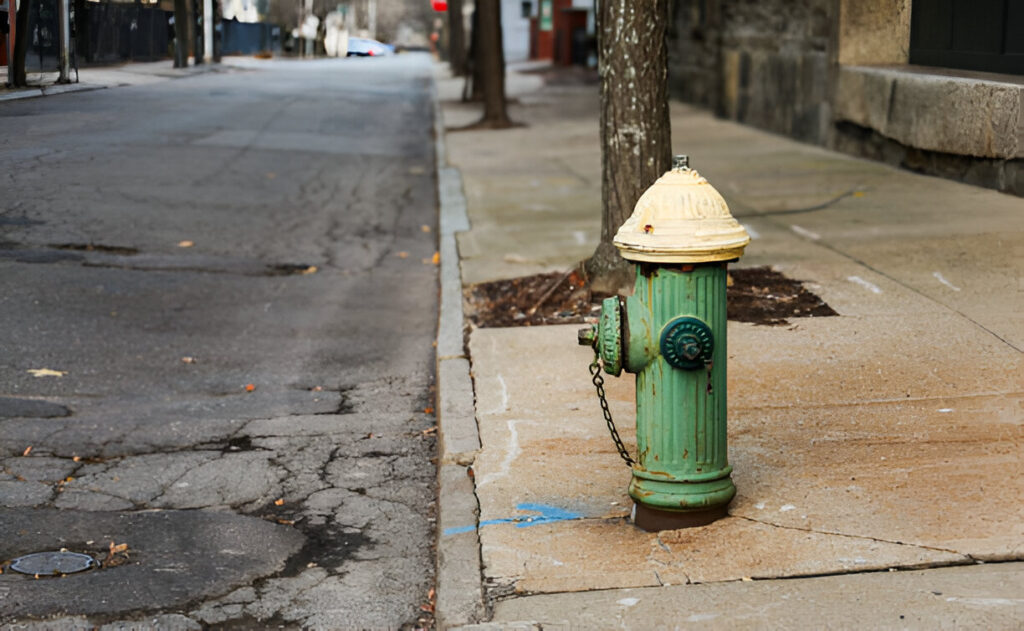
Warning: Some municipalities require permission to operate curb valves.
Step-by-Step: How to Turn Off Your Main Water Valve
Follow these steps to safely turn off your home’s water:
- Locate the Valve
Use the guidelines above to find it. A flashlight helps if the space is dark or behind appliances. - Clear the Area
Move items or debris to access the valve. Safety first. - Turn the Valve Off
- Ball valve: Turn the lever so it’s perpendicular (90 degrees) to the pipe.
- Gate valve: Turn clockwise until it stops (don’t over-tighten).
- Test Faucets
Turn on a faucet in the kitchen or bathroom. If water slows to a stop, you’ve successfully shut off the supply. - Drain the System
Open multiple faucets to drain excess water and relieve pressure.
What If You Can’t Find the Valve?
Here’s what you can do:
- Ask your home inspector or previous owner (if you’ve just moved in).
- Look near the street-facing wall of your home.
- Contact a local plumber like Sapphire Plumbing in Plano for a valve location inspection.
How to Turn Off Water at the Curb (Street-Side)
Only use this if your home valve is inaccessible or stuck.
Steps:
- Locate the meter box (near the sidewalk or street).
- Pry open the lid with a flathead screwdriver.
- Use a meter key or curb wrench to turn the valve clockwise.
Note: These valves can be very stiff. If unsure, call your local utility or plumber.
Turning Off Water to Individual Fixtures
Sometimes, you don’t need to shut off water to the whole house. Use fixture shutoffs instead:
- Toilets – Knob or lever near the base
- Sinks – Two valves under the cabinet (hot and cold)
- Washing Machines – Located on the wall behind the unit
- Water Heater – Valve on the cold-water inlet
This is ideal for small repairs or when isolating a single issue.
What to Do After You Turn Off the Water
Once the main valve is off:
- Drain faucets and flush toilets
- Inspect for damage
- Turn off your water heater (especially if electric)
- Call a licensed plumber if the issue is beyond DIY
Common Mistakes to Avoid
- Using too much force – Older gate valves can break under pressure.
- Not labeling the valve – Use a tag or sticker for fast access in emergencies.
- Leaving water on when away for weeks – Shut it off before vacation.
- Turning water back on too quickly – Can cause water hammer or pipe stress.
Plano, TX Homeowners: What You Should Know
Homes in Plano typically have slab foundations, meaning your shutoff valve is often on a garage wall, exterior wall, or inside a closet near the front.
Due to unpredictable weather, especially winter freezes, Plano residents should:
- Insulate exterior pipes
- Know their shutoff location in advance
- Test the valve at least once a year
When to Call a Professional
Some jobs are better left to the pros. Call a licensed plumber if:
- The valve is corroded, rusted, or broken
- You can’t find the valve
- Water doesn’t stop flowing after shutoff
- You’re dealing with high water pressure issues
Need Help with a Stuck Valve or Leak in Plano?
Don’t risk water damage or guesswork. At Sapphire Plumbing, we provide fast, reliable plumbing services throughout Plano, TX, including shutoff valve inspections, replacements, and emergency leak response.
Call us now at (469) 981-1871 , 24/7 availability, licensed technicians, and honest pricing.
We’ll help you shut the problem down, literally.
Final Tips for Homeowners
- Tag or label your main shutoff valve.
- Teach family members how to shut off water.
- Schedule annual plumbing checks.
- Know where your curb shutoff is, just in case.
- Keep emergency tools nearby.
Being proactive can save you time, money, and major headaches.


